Kia reveals all details of PV5, with a maximum range of up to 400 kilometers
 LienMar 11, 2025, 12:43 PM
LienMar 11, 2025, 12:43 PM
[PCauto] Kia recently unveiled all the details of KIA PV5. As a mid-sized derivative commercial van (CDV), it is built on Kia’s in-house developed “E - GMP.S” platform. This platform serves as the crucial cornerstone for Hyundai Motor Group’s expansion into PBV (Platform Beyond Vehicle) segment, integrating a standardized component system with the skateboard structure.
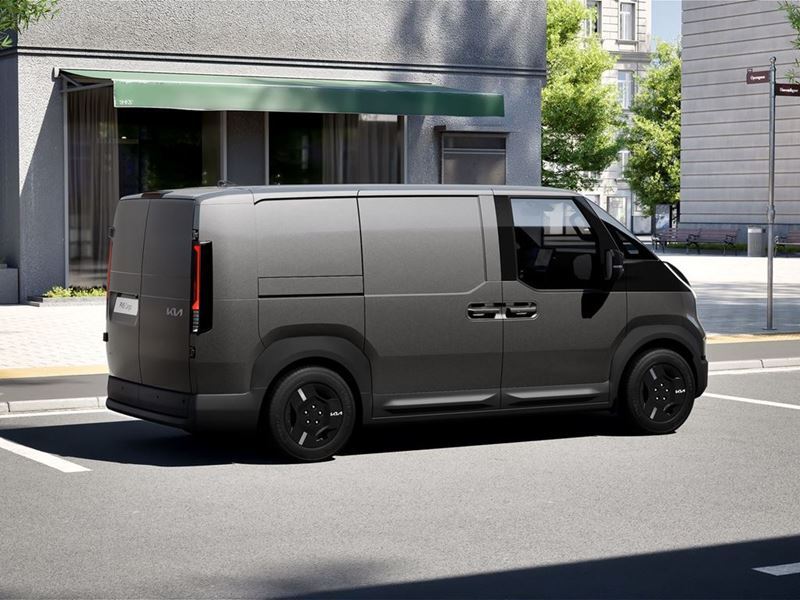
Standardized components fundamentally control costs from the ground up, laying a solid foundation for mass production and widespread market adoption. Meanwhile, the skateboard design endows the vehicle with versatile DNA, enabling rapid derivation of multiple models to suit diverse scenarios and purposes. Based on this, PV5 is now available in three basic versions: passenger, cargo, and chassis-cab.
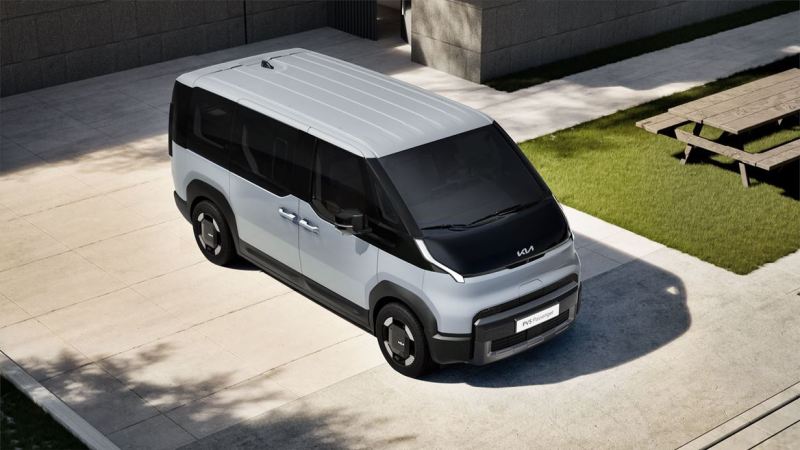
The passenger version of PV5 features an interior layout that is both flexible and dynamic, with its three rows of seats neatly arranged. Clever folding and reconfiguration of the seats give rise to practical setups such as the “2-3-0” and “1-2-3” modes. In the “2-3-0” configuration, the rear of the vehicle transforms into a large-capacity luggage compartment, with the floor and side storage trays meticulously designed. Switching to the “1-2-3” mode creates a dedicated storage area beside the driver’s seat, making it equally adept at handling family travel loads or carrying passengers’ belongings for part-time transport services.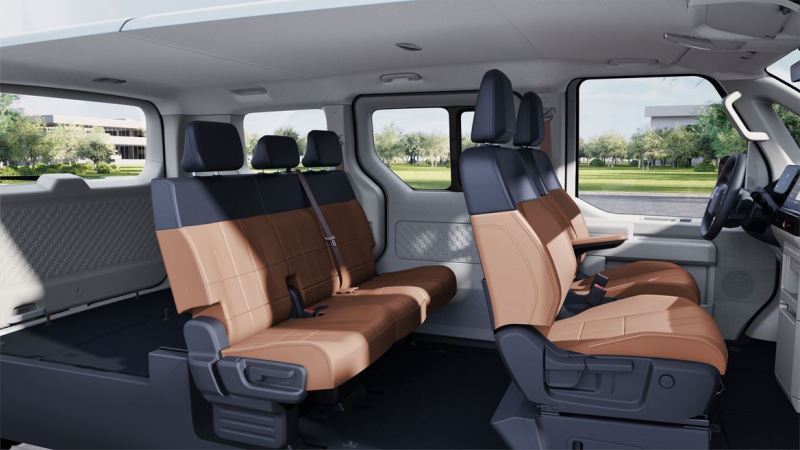
The cargo version of PV5 is tailor-made for logistics and transportation. It is offered in various configurations, including standard, long-wheelbase, and high-roof specifications. The high-roof variant even features a through-type design, with a maximum cargo volume surging to 5.1 cubic meters, which is enough to accommodate two European-standard pallets. The cargo area is designed with user-centric considerations, featuring an ultra-low floor height of 419mm for easy and effortless loading and unloading; an L-shaped rail installation system secures cargo as needed to ensure stability en route; and the V2L function powers onboard electrical devices, ensuring an uninterrupted energy supply for specialized scenarios like cold-chain transport, an ideal match for the burgeoning urban delivery demands in Southeast Asia amid the rapid rise of e-commerce.
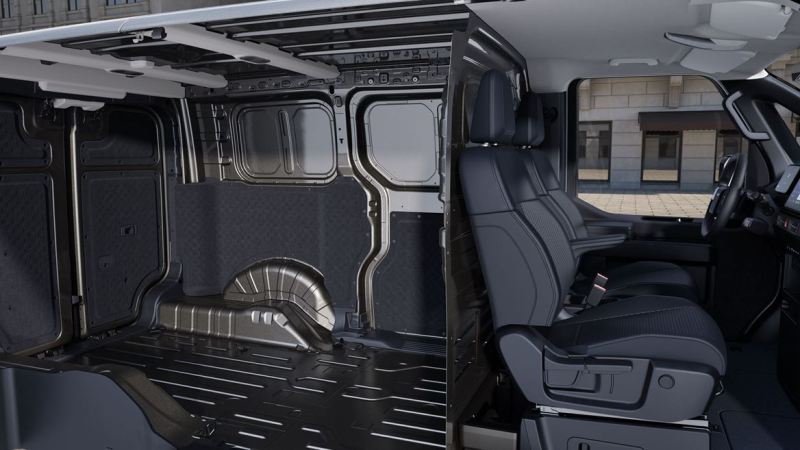
The chassis-cab version of PV5 is like a blank canvas, retaining only the basic chassis and front cab. With a flat and expansive rear, complemented by battery protection and cargo supports, it opens up extensive possibilities for professional modifications such as dump or refrigerated conversions, precisely catering to the customized demands of Southeast Asia’s diverse industries.
On the technical front, PV5 is offered with a range of power battery configurations, including NCM battery options of 51.5kWh and 71.2kWh, with the cargo version additionally offering a 43.3kWh LFP battery solution. PV5 is powered by a front-mounted 120kW motor delivering a peak torque of 250Nm, and it can charge from 10% to 80% in just 30 minutes. For example, the passenger version equipped with the 71.2kWh battery boasts a range of up to 400km, more than sufficient for the daily commuting radius in Southeast Asian cities.
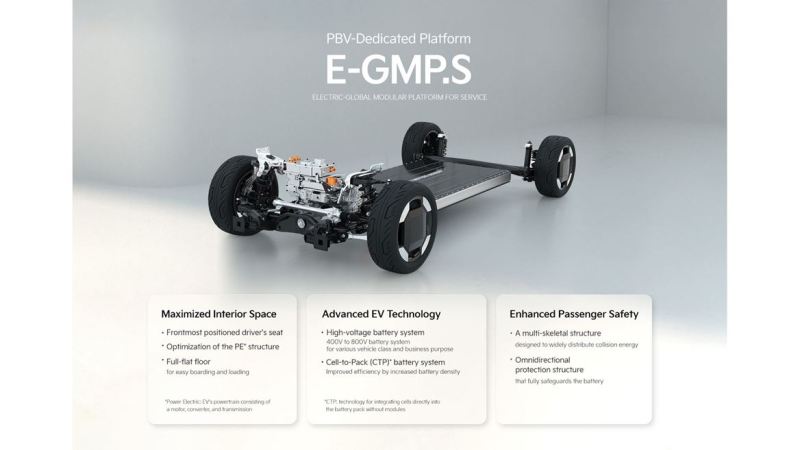
Inside the vehicle, a 7-inch instrument panel is paired with a 12.9-inch navigation screen. The infotainment system, built on the Android Automotive OS, integrates an app marketplace that facilitates commercial application expansion. OTA upgrades ensure that the vehicle’s software always remains current, while the Digital Key 2.0 unlocking technology further enhances user convenience.

Assessing the significance of KIA PV5 in the Southeast Asian market, its multi-version models are precisely tailored to meet the needs of different sectors amid a backdrop of rapid urbanization and economic growth.
In terms of passenger transport, with rising living standards and changing mobility trends, PV5 passenger version, with its comfortable driving experience, flexible space, and clean energy, caters to family outings and the emerging shared mobility market, thereby enhancing travel quality. In the field of logistics and freight, the surge in e-commerce has led to an exponential increase in delivery demands. The cargo version of PV5 fills the gap in logistics vehicles with its large capacity, high efficiency, and strong adaptability, empowering supply chains to reduce costs and improve efficiency. From an industrial customization perspective, the chassis-cab version and its conversion potential offer bespoke solutions for sectors such as agriculture, forestry, fisheries, and cold-chain transport, thus driving industrial upgrades.
If any infringement occurs, please contact us for deletion
Trending News

BYD Sealion 7 is not only cheaper than Tesla Model Y, what other differences do they have?
Is it better to buy the BYD Sealion 7 or the Tesla Model Y? This really makes one a bit hesitant, but before you make a decision, I recommend you take a good look at this article.

2026 Toyota Hilux Travo released, the brand-new exterior and interior are highly anticipated
If you're considering buying a Hilux, honestly, the comprehensive innovations in the ninth generation are worth waiting for. While the current model might still have some advantages in terms of reliability and price, the new model offers significant changes in terms of exterior and interior luxury, tech features, and powertrain options.

In Malaysia, which sliding door MPVs are available?
The numerous advantages of sliding door MPVs make many people fond of this type of vehicle. However, MPVs are not a mainstream choice in the car market, so many people might not know which MPVs are available domestically.

Jaecoo J7 VS Honda CR-V, which is the most worthwhile C-Segment SUV to buy
With an exterior that closely resembles a Land Rover, Jaecoo J7's sales experienced several months of rapid growth but have recently slowed down. Perhaps the market is nearing saturation, as Jaecoo J7 has already surpassed the once-dominant Honda CR-V in the C-Segment SUV category.

Which one is better, Honda City or Toyota Vios?
When choosing a compact sedan, Honda City and Toyota Vios are often two options that make people weigh repeatedly. You might be attracted to the dynamic design of the Vios but also be captivated by the City.
Popular Cars
Model Year
Car Compare
Car Photo

